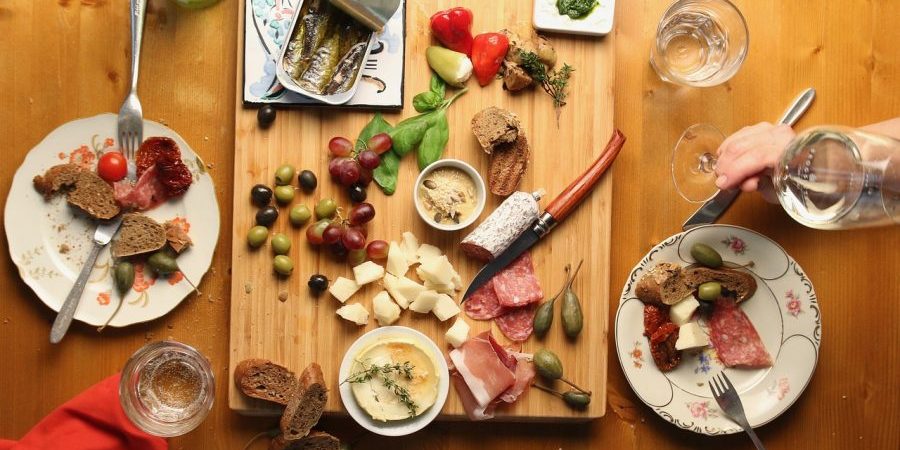The Culinary Evolution Along the Camino: From Pilgrim Staples to Modern Delicacies
The Camino de Santiago offers more than a spiritual path—it’s also a journey through time, flavour, and regional identity. From the humble foods carried by medieval pilgrims to today’s vibrant culinary offerings, the evolution of meals along the Camino tells a story of culture, hospitality, and resilience. Food sustains the walker, but it also connects them to local communities, traditions, and memories formed at every stop.
The Humble Beginnings: Pilgrim Food in Medieval Times
Early pilgrims needed food that travelled well and could endure harsh conditions. Bread, dried meat, cheese, lentils, and beans were common staples. These items were non-perishable, easy to pack, and full of the energy needed for long walking days. Foraging for fruits and vegetables added seasonal variety when available. Meals were simple, often eaten cold or warmed briefly at campfires along the way.
Monasteries were vital sources of nourishment. Monks offered soup, bread, and wine, reflecting a deep commitment to Christian charity and community support. These meals were shared silently and reverently, giving pilgrims a moment to pause and reflect. Wine served in religious settings was light and local, chosen more for meaning than for complexity. Still, it offered warmth and welcome in the midst of the journey.
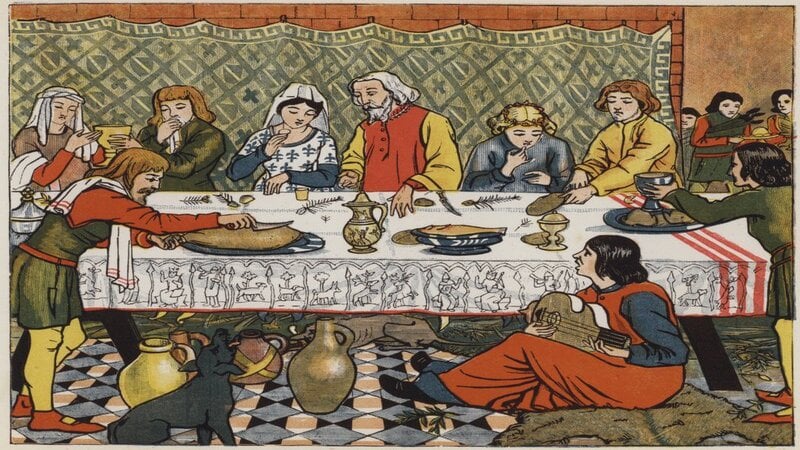
Flavours of the Land: Local Food Traditions Take Root
As the Camino grew in popularity, regional communities began offering meals shaped by their environment and agricultural resources. Food reflected the land. In Navarra, lentil stews, roast lamb, and garden vegetables were common. These rich, earthy meals paired beautifully with young Navarra reds—vibrant wines with depth and a rustic charm.
La Rioja became known for roasted meats, mushrooms, and peppers. Red wines aged in oak barrels became essential companions to hearty dishes. Galicia, known for its rugged coast, introduced pilgrims to octopus, shellfish, and thick broths flavoured with garlic and paprika. These dishes found balance with crisp Albariño white wines—light, aromatic, and a perfect match for seafood.
Even as cuisine grew more regional and distinctive, bread and wine remained constants at every table. Their symbolism in the pilgrimage experience remained unchanged.
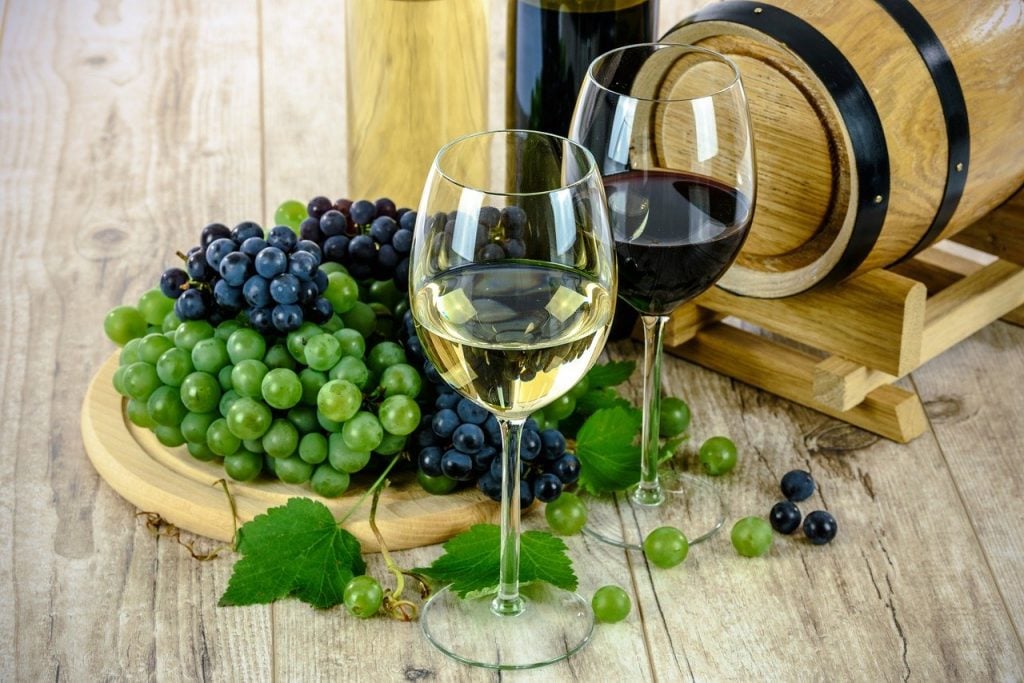
The Pilgrim Menu: Modern Comfort and Tradition
Today, the Menu del Peregrino offers structure and comfort to hungry travellers. This three-course menu is served across the Camino and is priced affordably. Most menus begin with a soup, salad, or vegetable starter, followed by a meat or fish main course and a simple dessert. Bread and wine often come included, giving the meal both sustenance and social warmth.
Lentil soup with chorizo pairs well with a glass of Bierzo red—fruity, fresh, and easy on the palate. A Galician hake fillet with boiled potatoes complements the minerality of Albariño, lifting the subtle flavours of the fish. For dessert, flan or Tarta de Santiago (Santiago Almond Tart) brings a sweet ending, especially alongside a local herbal liqueur like Orujo.
The pilgrim menu is not just a meal—it’s a daily tradition. It connects past and present, hunger and hospitality.
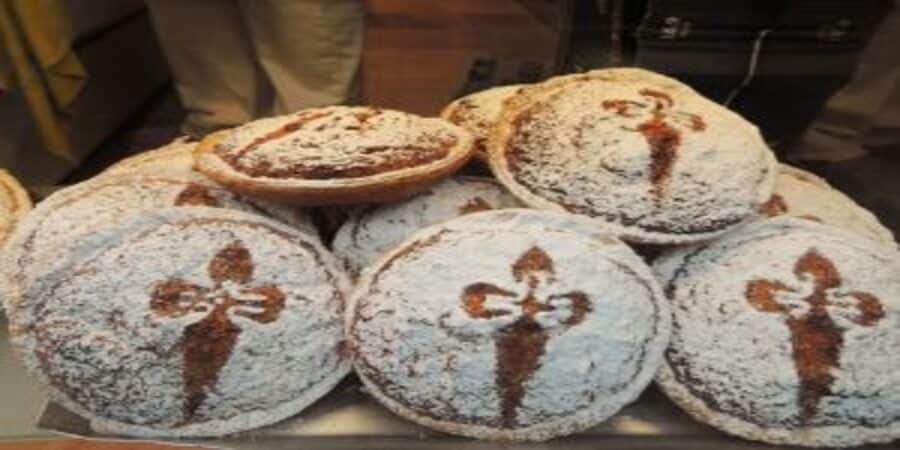
Regional Highlights: Culinary Delights by Camino Route
Camino del Norte: The Coastline’s Bounty
The Camino del Norte offers rich seafood dishes shaped by its location along Spain’s northern coast. Sardines, anchovies, and marmitako (a tuna stew) are favourites here. Dishes are rustic and deeply flavourful, drawing from centuries of fishing tradition.
Asturian cider or Sidra de Asturias is the region’s signature drink. Slightly sour and poured from a height, it pairs naturally with grilled seafood and salty fish. The ritual of cider pouring adds a festive note, bringing laughter and local character to the meal.
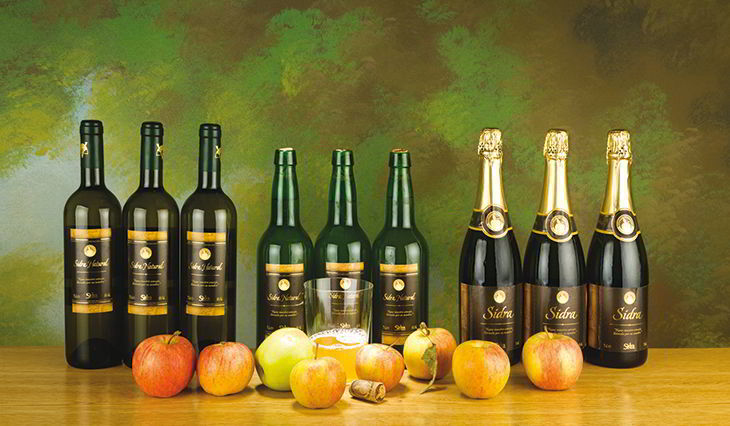
Camino Francés: A Feast of Variety
The Camino Francés passes through diverse regions with unique foods and drinks. Castilla y León offers garlic soup and roast lamb—rich dishes best enjoyed with Ribera del Duero red wine. This wine is bold yet smooth, a perfect balance to the heartiness of local cuisine.
In Galicia, empanadas and vegetable stews dominate. These comforting foods pair well with Godello, a white wine with freshness and depth. Along this route, the changing menus mirror the changing landscapes. Every town offers something different, adding depth to the walking experience.
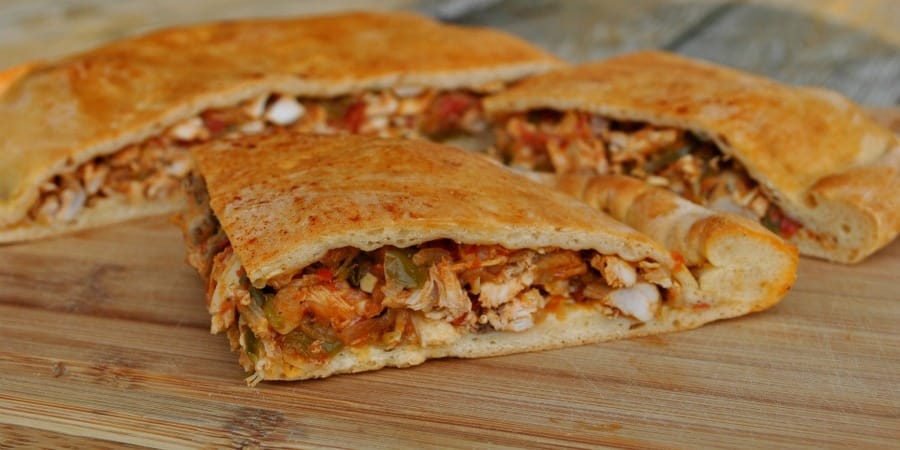
Camino Portugués: Comfort and Freshness
The Camino Portugués introduces lighter, home-style dishes. Caldo verde, a potato and kale soup with slices of chorizo, is a local treasure. Grilled cod, known as bacalhau, is often served with simple olive oil dressings and boiled potatoes.
Vinho Verde is the perfect companion—fresh, lightly sparkling, and low in alcohol. It’s ideal for lunchtime meals and walking days. For dessert, the beloved pastéis de nata offers creamy richness in a flaky pastry. It pairs beautifully with strong espresso or a glass of tawny Port.
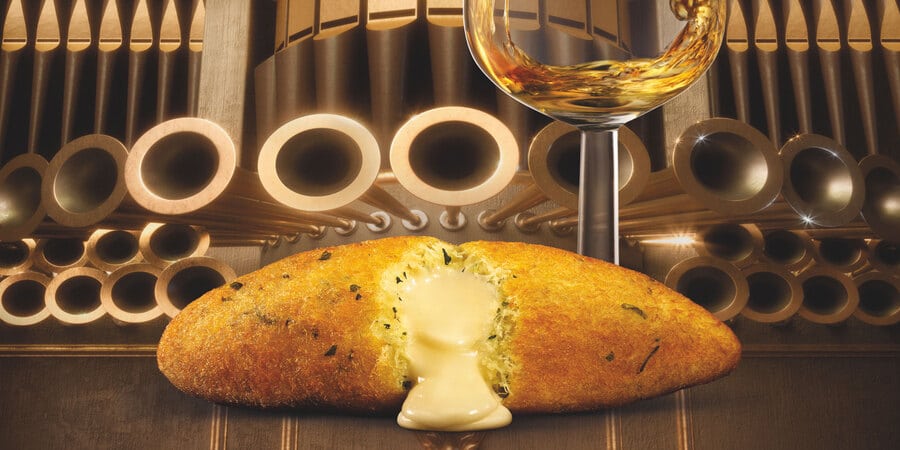
Gourmet Moments and Shared Meals Today
Modern pilgrims enjoy more options than ever before. Local markets sell cheese, cured meats, fresh fruit, and artisan bread. These make perfect Camino picnics. A wedge of Manchego cheese with olives and nuts pairs well with a robust red wine from Toro.
In the Basque Country, pilgrims can enjoy pintxos (pronounced peen-chos)—small, flavourful bites often served on bread and held together with a toothpick. These local delicacies are perfect for tasting a variety of regional flavours in one sitting.
Self-catering is common in albergues with kitchens. Pilgrims often cook together, sharing recipes and laughter. Meals are simple—pasta, salads, omelettes—but full of meaning and connection. Cooking and eating together turns strangers into friends. A shared bottle of Rioja brings the meal to life and gives it a local flavour.
These experiences create lasting memories. Whether in a rustic bar, on a hillside picnic, or around a hostel table, meals are moments of joy.
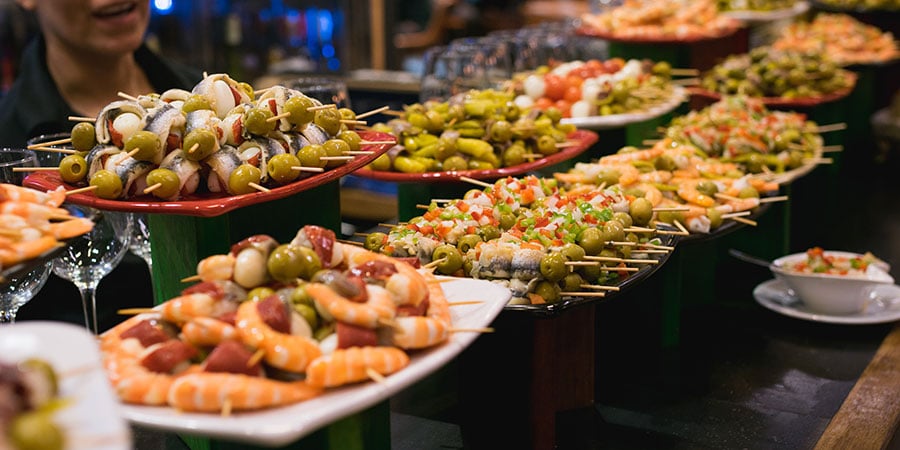
A Journey of Taste and Tradition
From humble bread and beans to gourmet seafood and artisan wines, the Camino has become a celebration of culinary evolution. Meals reflect the land, the people, and the culture of each region, offering more than nourishment. They offer connection.
Wine, once symbolic and simple, is now paired with care and pride. Whether a bold red or a fresh white, it enhances the experience. Every meal tells a story. Every sip deepens the journey. Pilgrims walk for many reasons—but food adds a layer of comfort and discovery.
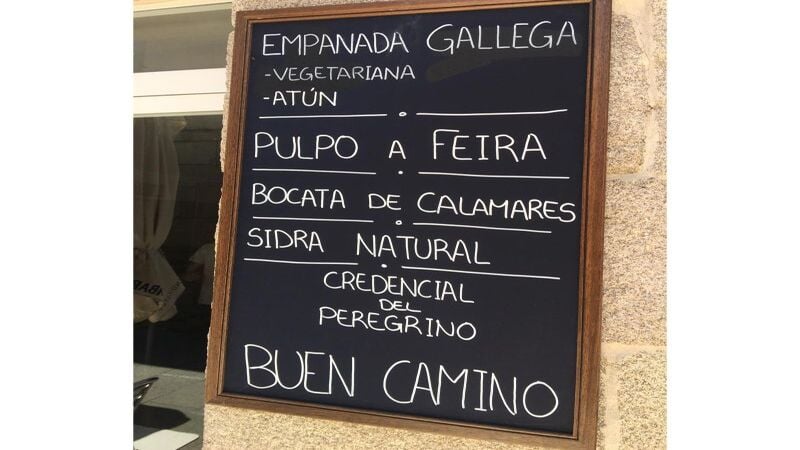
Discover more about food on the Camino in the following blogs:
- A Typical Day of Food on the Camino
- Food and Vegetarian Options on the Camino!
- What to Eat on the Camino: Culinary Delights
- Delicious Food from the Camino del Norte
- Nutrition for Pilgrims: Eat well on the Camino
- Top 10 Camino Dishes on the Camino Frances
So as you plan your pilgrimage, let your taste buds walk with you. Each step brings new flavours. Each dish is part of the path. Buen provecho—and Buen Camino.
For more information on Camino food or to book your pilgrimage, contact us. Plan your trip effortlessly and get an instant quote with our Camino Planner.
